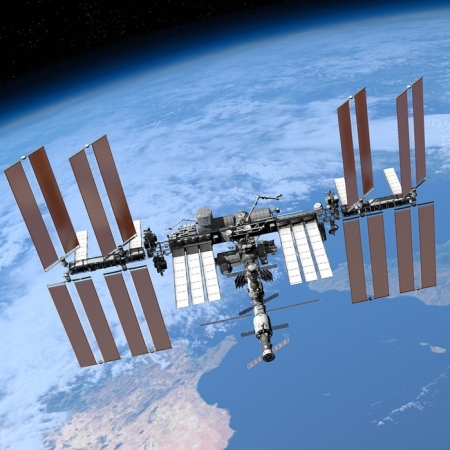ESA: ExoMars launch in ’22 “very unlikely” due to Russian invasion of the Ukraine
In a statement yesterday condemning Russia’s invasion of the Ukraine and responding to the Russians’ decision to suspend cooperation with Arianespace in French Guiana, the European Space Agency (ESA) also admitted, almost as an aside, that the ExoMars launch in ’22 to Mars is now “very unlikely.”
That mission is a partnership with Russia, where the Russians provide the rocket and the lander that will put Europe’s Franklin rover on the surface.
For the scientists running ExoMars, this delay only adds to their frustration, as the mission has already been delayed several times, most recently from a ’20 launch because the lander parachutes — being built by ESA — were not ready.
In a statement yesterday condemning Russia’s invasion of the Ukraine and responding to the Russians’ decision to suspend cooperation with Arianespace in French Guiana, the European Space Agency (ESA) also admitted, almost as an aside, that the ExoMars launch in ’22 to Mars is now “very unlikely.”
That mission is a partnership with Russia, where the Russians provide the rocket and the lander that will put Europe’s Franklin rover on the surface.
For the scientists running ExoMars, this delay only adds to their frustration, as the mission has already been delayed several times, most recently from a ’20 launch because the lander parachutes — being built by ESA — were not ready.


